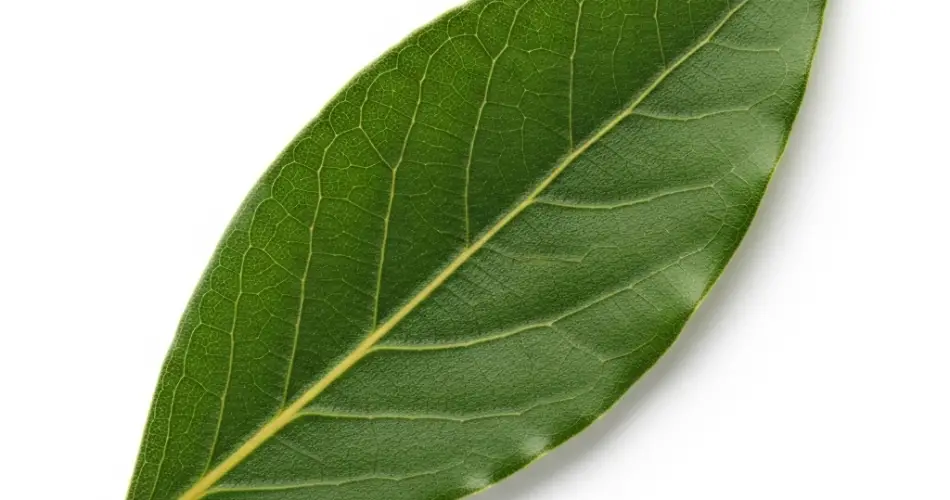The bay leaf plant (Laurus nobilis), also known as bay laurel, is a hardy evergreen shrub that thrives in a wide range of climates and growing conditions. Whether you’re growing it in a garden bed or a container, regular pruning is essential for maintaining its compact shape, promoting dense foliage, and encouraging healthy growth. Left unpruned, bay trees can grow tall and leggy, losing their attractive form and becoming more susceptible to pests and diseases.
With the right pruning techniques, you can transform your bay plant into a lush, bushy shrub that not only looks great but also produces more aromatic leaves for culinary use. Here’s how to prune your bay leaf plant the right way.
Why Prune Bay Laurel?
Pruning bay plants has several important benefits:
-
Maintains shape: Bay laurel naturally grows into a large tree if left unchecked. Pruning helps shape it into a more manageable shrub or topiary.
-
Encourages bushier growth: Cutting back the stems stimulates the plant to produce more side shoots, resulting in fuller foliage.
-
Improves air circulation: Thinning out dense areas of growth allows light and air to reach inner leaves, reducing the risk of mold and pests.
-
Removes damaged or diseased growth: Pruning helps keep your plant healthy by eliminating dead or unhealthy parts before problems spread.
-
Promotes new, tender leaves: New growth is typically more flavorful and aromatic than older leaves, which tend to be tougher.
When to Prune Bay Leaf
Timing is key when it comes to pruning bay. The best times to prune are:
-
Late spring to early summer: This is ideal for shaping and encouraging growth. Avoid pruning too early in spring, especially in cooler regions, as young shoots may still be vulnerable to frost.
-
Late summer or early autumn: A light trim during this period helps neaten the plant and prepare it for winter dormancy.
-
Avoid heavy pruning in winter: Bay is evergreen but can be stressed by hard pruning during the cold months. Save major cuts for the growing season.
Tools You’ll Need
-
Sharp pruning shears: Use clean, sharp tools to make precise cuts that won’t damage the plant.
-
Gloves: While bay isn’t toxic, gloves will protect your hands from irritation or accidental nicks.
-
Disinfectant: Clean your tools with alcohol or diluted bleach to prevent spreading disease between plants.
How to Prune Bay Leaf Plants
1. Remove Dead or Damaged Leaves First
Start by trimming away any yellowing, dried, or diseased leaves. Cut these leaves at the base of the stem or branch, ensuring you remove the affected area entirely. This step improves the plant’s appearance and helps focus its energy on new growth.
2. Shape the Plant
Bay plants respond well to shaping. Whether you prefer a rounded shrub or a neat cone, you can train the plant accordingly. Trim back the outer stems evenly to form your desired shape. This is often best done in late spring or early summer when the plant is actively growing.
3. Encourage Bushy Growth
To make your bay plant denser, cut back tall, leggy stems by about one-third. Focus on stems that aren’t branching much—cutting just above a leaf node will encourage new shoots to develop from that point.
If your bay is especially sparse or tall, you can perform a harder prune in early summer. Cut it back by half or more, but only if the plant is healthy and well-established. Don’t cut into old wood where there are no visible leaf buds, as this may not regrow.
4. Thin the Interior
If your bay plant is very dense, thin out some inner branches. This helps light and air reach all parts of the plant, which promotes healthier leaves and reduces the risk of fungal infections.
Special Considerations for Potted Bay Trees
Bay laurel grows well in containers, but pruning is especially important for potted plants to prevent them from becoming root-bound or top-heavy.
-
Prune lightly but regularly to maintain a compact shape.
-
Check root growth yearly and repot when roots start circling the base.
-
Remove suckers or shoots growing from the base of the trunk to maintain a tidy appearance.
Aftercare Tips
-
Watering: After pruning, give your bay plant a deep watering to help it recover. Avoid waterlogging, especially in cooler months.
-
Feeding: Use a balanced, slow-release fertilizer after heavy pruning to support vigorous regrowth.
-
Mulching: Apply a layer of mulch around the base of the plant to retain moisture and protect the roots.
Final Thoughts
Pruning is a simple but powerful way to keep your bay leaf plant healthy, attractive, and productive. With regular maintenance, even a young plant can be trained into a tidy bush or elegant topiary. Whether you grow bay for its ornamental value or flavorful leaves, proper pruning ensures that your plant remains lush and vigorous year-round.
